XRF Test Results for 2018 Ball Pint Jar, Regular Mouth 16 oz w/ Lids: What’s in my Ball Jar?
2018 Ball Pint Mason Jar, Regular Mouth
16 oz With Lids
Originally published: October 1, 2018
Updated: March 3, 2020
This item consists of three “components”, with five distinct areas requiring testing:
- The clear glass of the jar.
- The metal of the band.
- The off-white-colored coating on the underside / “inside” (food contact surface) of the lid.
- The orange-colored malleable sealing band / underside lip of the lid.
- The exterior / “outside” surface of the lid.
Click here for an Amazon affiliate link* for this exact item.
To learn more about XRF testing, click here.
In summary…
As I would have anticipated with an item like this (a recently-manufactured metal and clear glass item, made by a large, long-established / well-known, reputable company – for an item expressly manufactured and marketed for food-use purposes), the jars pictured below (the exact jars tested and shown on this piece) are negative for Lead (Pb), Cadmium (Cd), Arsenic (As), and Mercury (Hg).
- To see more Ball brand jars I have tested, click here.
- To see Kerr brand jars I have tested, click here.
Below are the full high-precision XRF readings for each area in this item
(when tested using “Consumer Goods” mode).
For each of the areas tested, multiple tests were done to confirm the levels (for between 60 seconds and two minutes per test). For any element/metal detected, levels below 90 ppm are generally considered “trace” and not an additive to the product. Please continue reading below each of the images.
 ONE: Clear Glass Body of Jar*
ONE: Clear Glass Body of Jar*
2-minute tests
- Tin (Sn): 62 +/- 29 ppm
- Iron (Fe): 261 +/- 37 ppm
- Bismuth (Bi): 34 +/- 7 ppm
- Barium (Ba): 1,349 +/- 189 ppm
- Lead (Pb): Non-Detect (ND)/Negative*
- Arsenic (As): Non-Detect (ND)/Negative
- Cadmium (Cd): Non-Detect (ND)/Negative
- Mercury (Hg): Non-Detect (ND)/Negative
*While multiple tests for these particular jars (the ones in the set of two pictured below) were ND (negative) for Lead (Pb) when tested with a high-precision XRF instrument, trace levels of Lead are sometimes found in these new Ball jars. If Lead is found, the levels usually are in the range of 10 to 30 ppm. Given how low these levels are, a jar might test negative for Lead in one spot and positive (at a very low trace level) in another spot.
With levels ranging from negative (non-detect) to very low (generally under 30 ppm in the newest Ball jars), the new clear glass Ball brand jars seem to consistently test the best (from a Lead perspective) out of all of the canning jar brands I have tested. Accordingly, we use Ball brand jars in our home.
TWO: Metal Band
See image below.
- Chromium (Cr): 759 +/- 95 ppm
- Tin (Sn): 6,488 +/- 204 ppm [0.6%]
- Iron (Fe): 984,100 +/- 1,800 ppm [98.4%]
- Titanium (Ti): 257 +/- 123 ppm
- Cobalt (Co): 4,276 +/- 1527 ppm [0.4%]
- Manganese (Mn): 3,431 +/- 566 ppm [0.3%]
- Lead (Pb): Non-Detect (ND)/Negative
- Arsenic (As): Non-Detect (ND)/Negative
- Cadmium (Cd): Non-Detect (ND)/Negative
- Mercury (Hg): Non-Detect (ND)/Negative
Continue reading below the image.
THREE: White Food Surface Area of Lid
see image below, 2-minute tests
- Chromium (Cr): 775 +/- 75 ppm
- Tin (Sn): 14,800 +/- 200 ppm [1.4%]
- Iron (Fe): 929,900 +/- 1,300 ppm [92.9%]
- Titanium (Ti): 43,300 +/- 600 ppm [4.3%]
- Cobalt (Co): 8,702 +/- 1,040 ppm [0.8%]
- Manganese (Mn): 1,546 +/- 354 ppm [0.1%]
- Lead (Pb): Non-Detect (ND)/Negative
- Arsenic (As): Non-Detect (ND)/Negative
- Cadmium (Cd): Non-Detect (ND)/Negative
- Mercury (Hg): Non-Detect (ND)/Negative
FOUR: Orange Food Surface Edge of Lid
See image below, band is narrower than testing window of XRF so levels are approximate.
- Barium (Ba): 53,000 +/- 4,300 [5.3%]*
- Tin (Sn): 1,640 +/- 121 ppm [0.16%]
- Zinc (Zn): 212 +/- 69 ppm
- Iron (Fe): 66,500 +/- 4,100 ppm [6.65%]
- Vanadium (V): 23,600 +/- 1,400 ppm [2.36%]
- Titanium (Ti): 49,800 +/- 2,900 ppm [4.98%]
- Indium (In): 50 +/- 25 ppm
- Lead (Pb): Non-Detect (ND)/Negative
- Arsenic (As): Non-Detect (ND)/Negative
- Cadmium (Cd): Non-Detect (ND)/Negative
- Mercury (Hg): Non-Detect (ND)/Negative
*Orange and yellow (and sometimes brown) colored items are often positive for high levels of Barium. Barium in these applications is not considered toxic.
Continue reading below the image.
FIVE: Exterior Surface of Lid
Black text area included in reading, see image below.
- Chromium (Cr): 1,294 +/- 118 ppm [0.1%]
- Tin (Sn): 7,640 +/- 118 ppm [0.7%]
- Iron (Fe): 982,200 +/- 1,500 ppm [98%]
- Titanium (Ti): 392 +/- 144 ppm
- Cobalt (Co): 5,270 +/- 1,266 ppm [0.1%]
- Manganese (Mn): 2,101 +/- 426 ppm [0.2%]
- Lead (Pb): Non-Detect (ND)/Negative
- Arsenic (As): Non-Detect (ND)/Negative
- Cadmium (Cd): Non-Detect (ND)/Negative
- Mercury (Hg): Non-Detect (ND)/Negative
Continue reading below the image.
To see more canning jars (from all brands) I have tested, click here.
NOTE: High-precision XRF testing is recognized by the Consumer Product Safety Commission as an acceptable and accurate way to screen consumer goods for potential toxicants. The Niton XL3T model that I use tests down to single-digit parts per million for any metals detected. I am not a lab (and do not represent a lab, nor work with a lab) and, as such, no formal reports (other than the results as shared in these articles) are created through my work. That said, the results are accurate (within the limitations of the testing methodology), and fully replicable by others using the same instrumentation (and also generally by others using digestive or destructive testing – as long as the components are tested separately.)
Thank you for reading these articles and for sharing them!
As always, please let me know if you have any questions. I will do my best to answer them personally, but with the recent traffic on this website cannot always answer each question.
Tamara Rubin
#LeadSafeMama
*Links on this page may be Amazon affiliate links. If you purchase something after clicking on an affiliate link I will receive a small percentage of what you spend at no additional cost to you.

Never Miss an Important Article Again!
Join our Email List


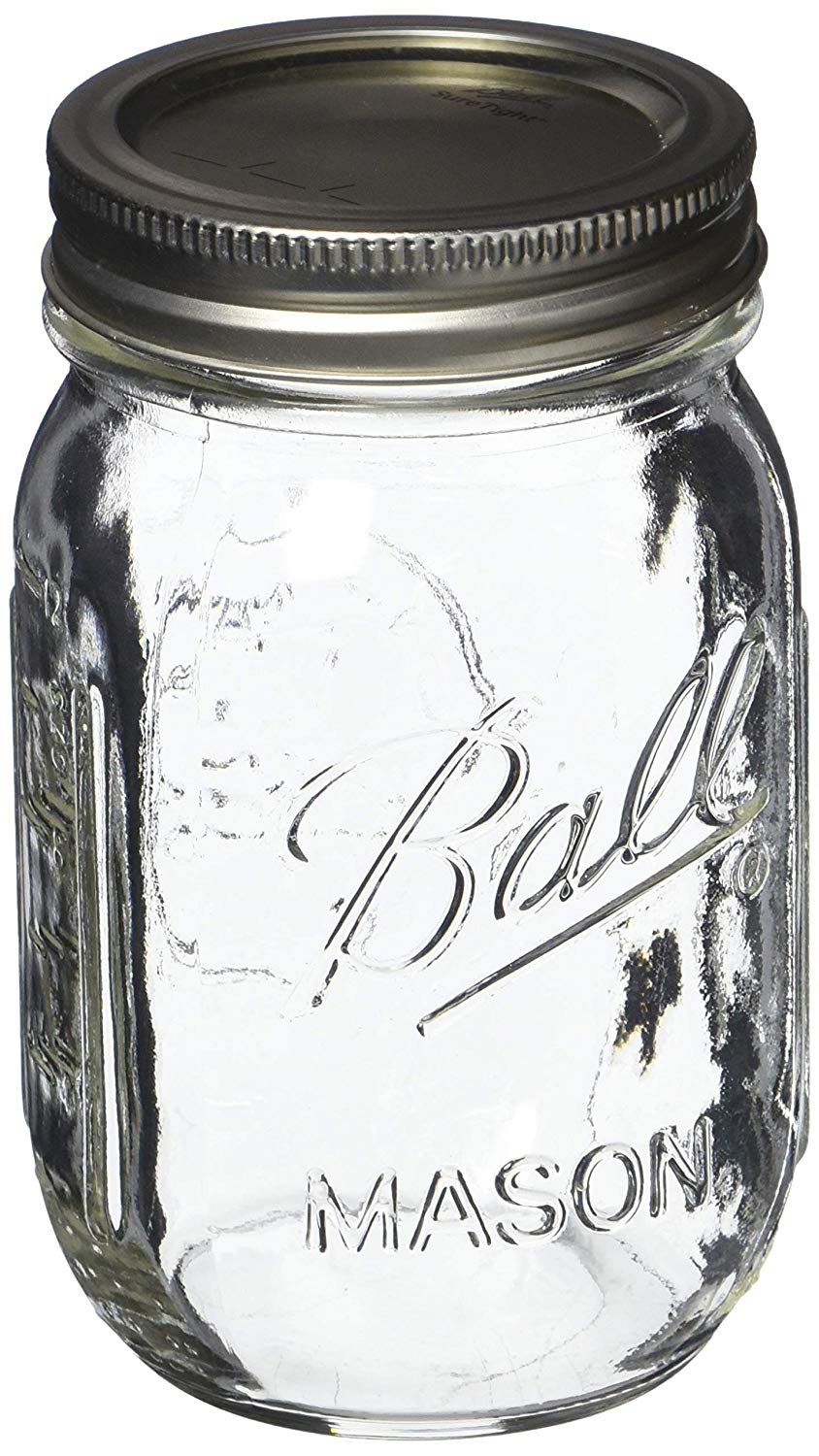
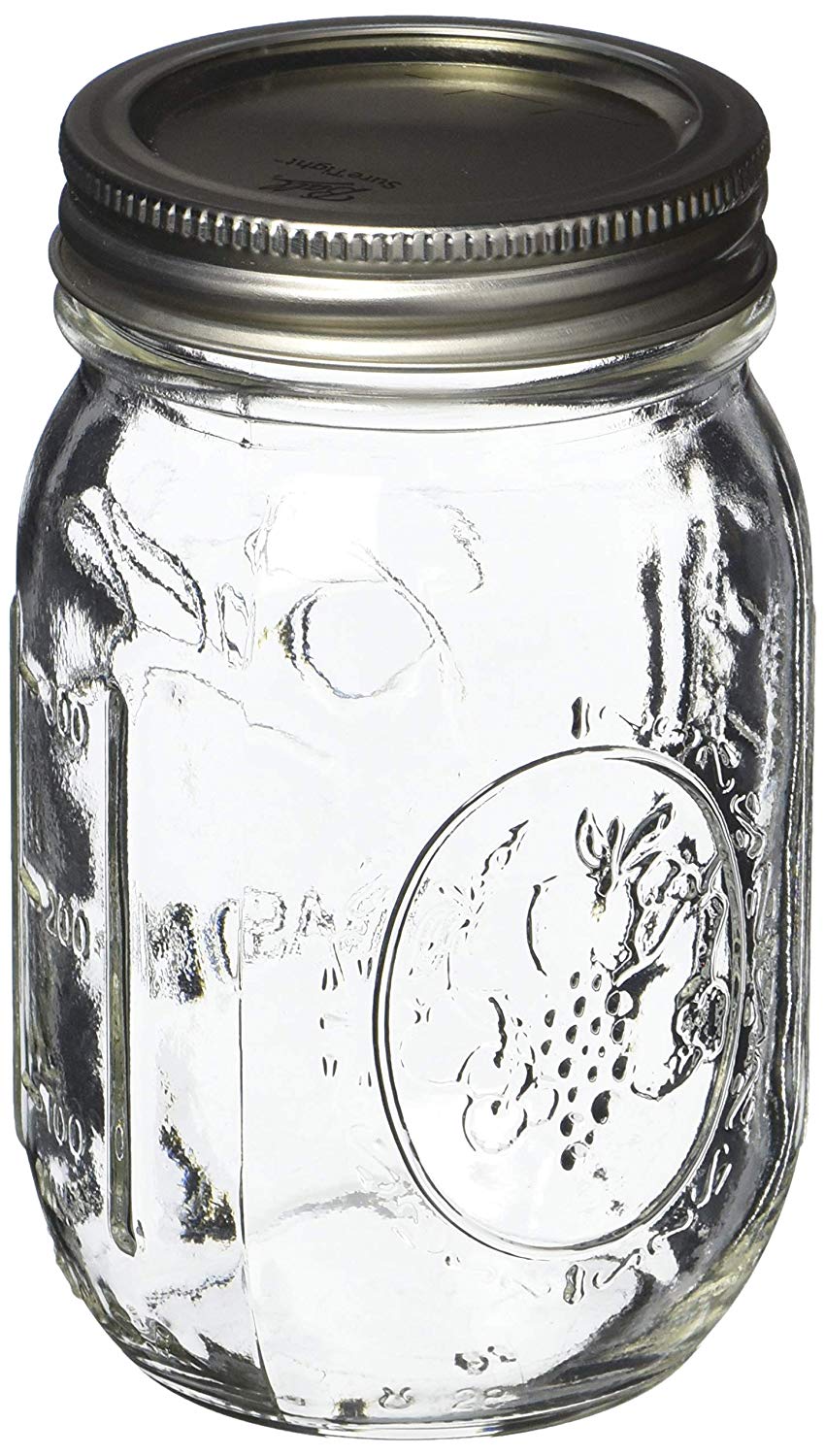
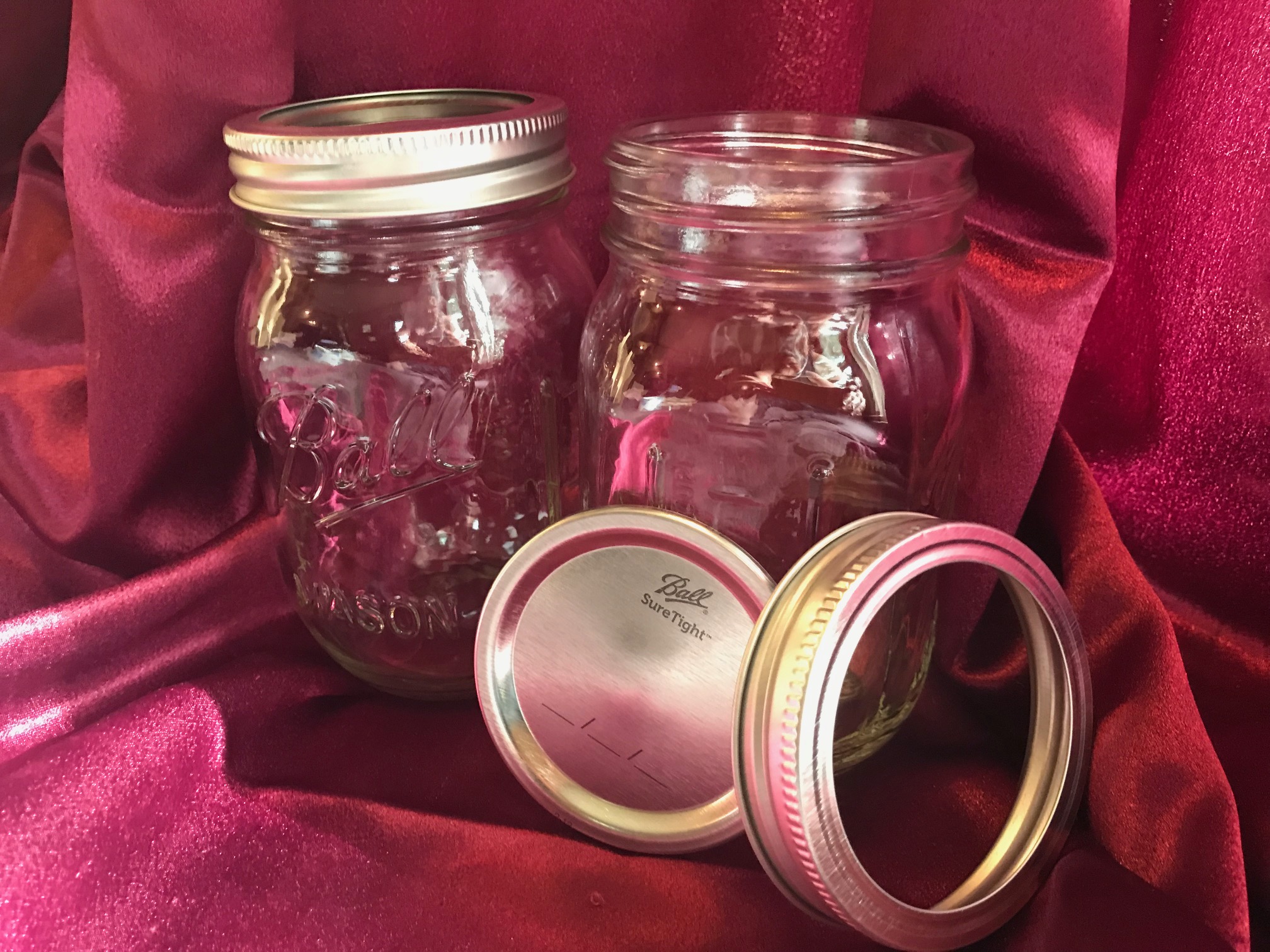
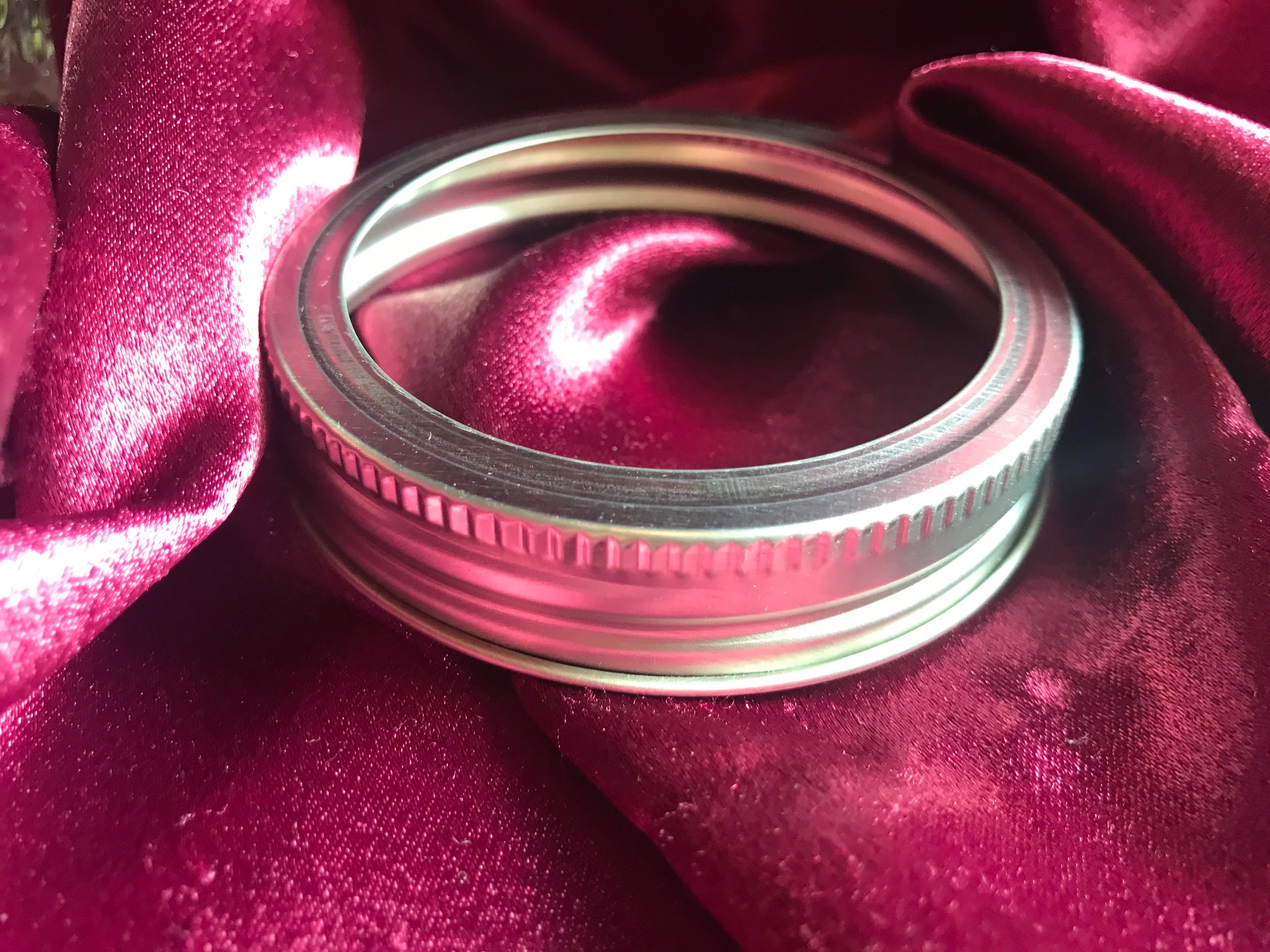
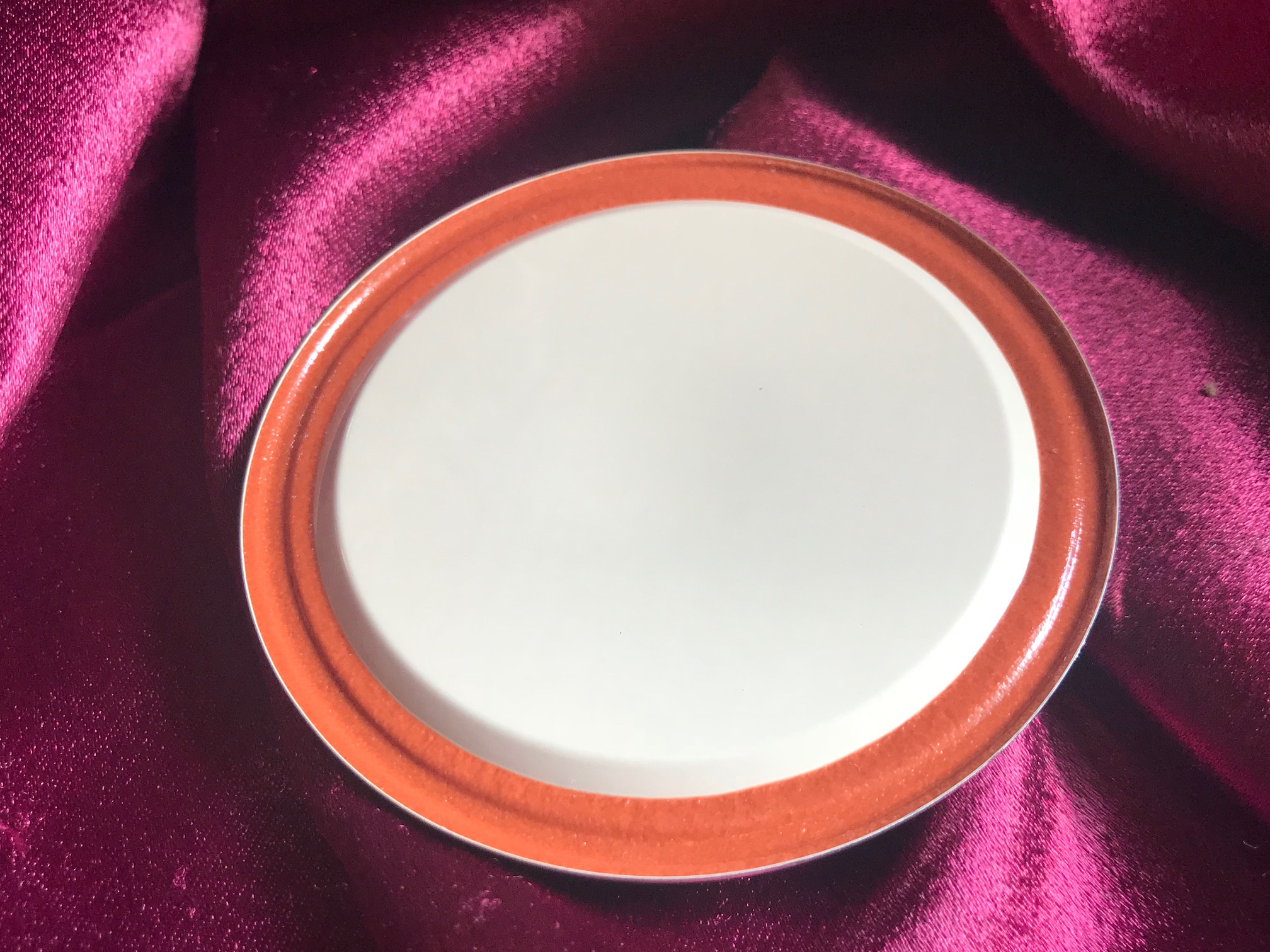
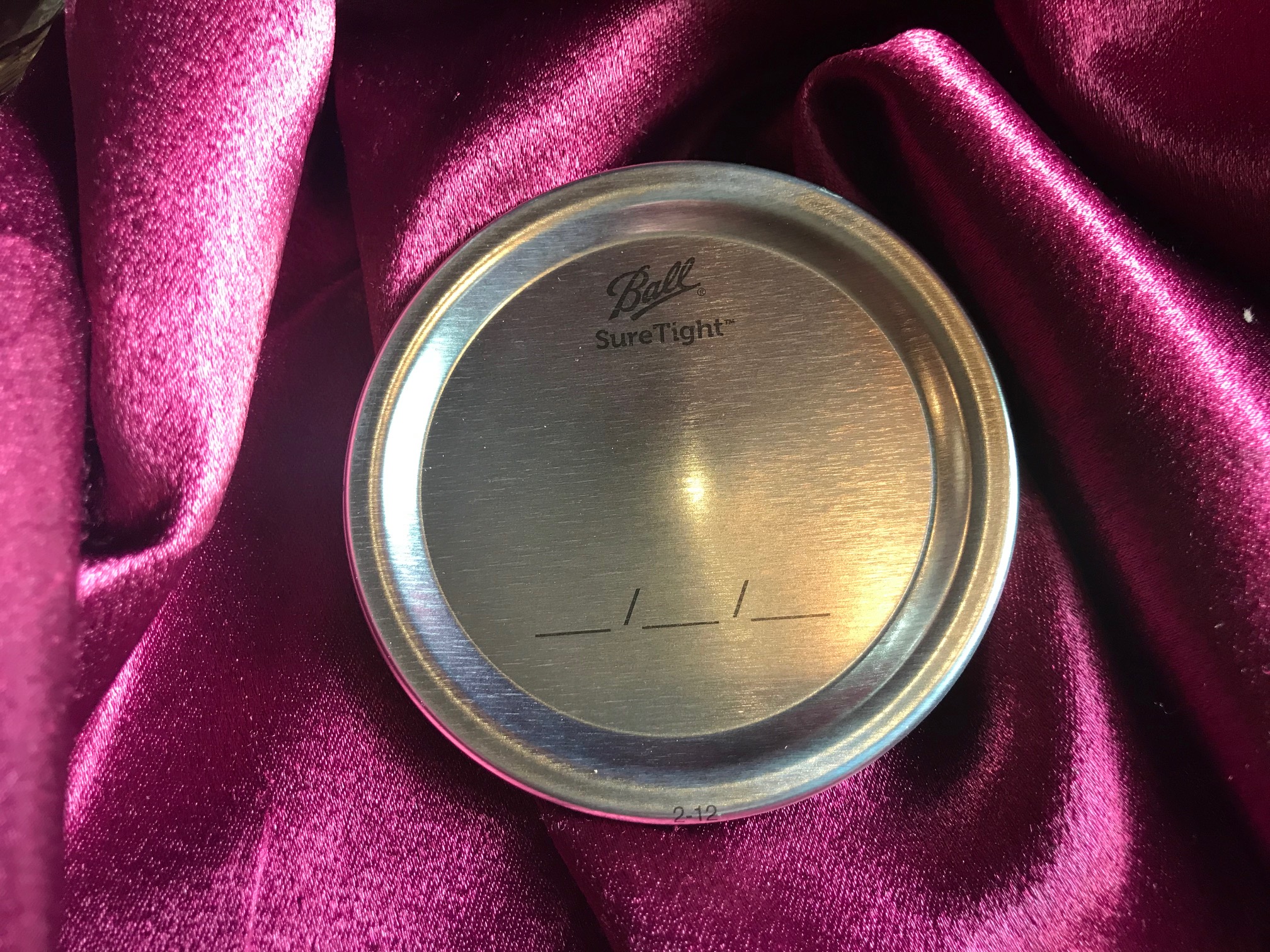
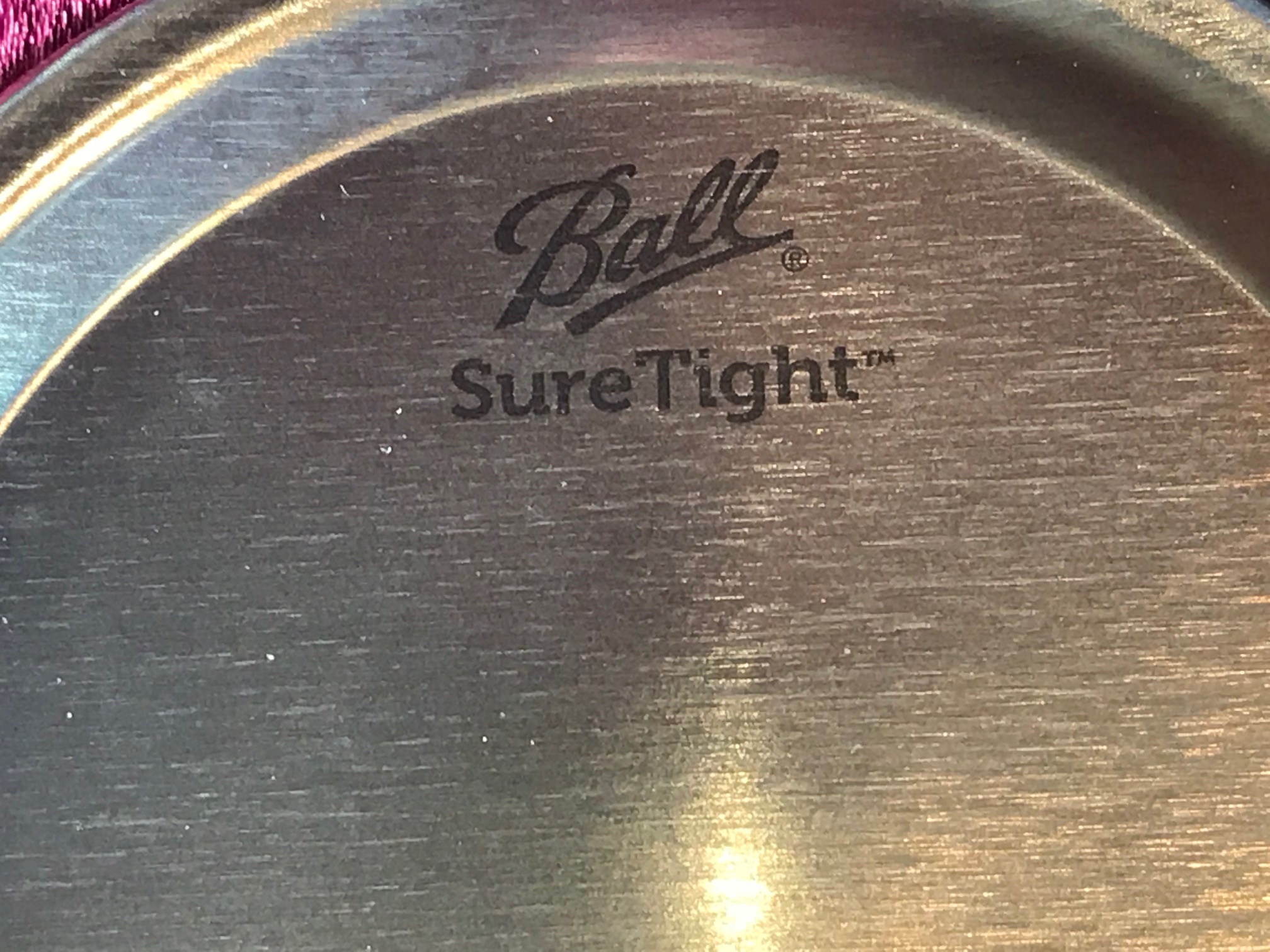

Thanks for this info! I discovered your site last year after learning about the latest lead concerns*, which strengthened my resolve to find safe dishes. I really appreciate your posts and test results. I’d love to know more about how to interpret your results, i.e., the different colors you use, what they mean, and what sources you use to determine them. I think I see a pattern: red for unsafe levels, blue or green for safe, and green or no highlight for not detected. Is this correct? And what are the safe levels used to inform the color coding, and what sources are used to determine the safe levels?
For example, I recently learned that barium and cadmium may also be heavy metals of concern with dishes. I see that cadmium was not detected in your results above, and that barium was present but not a concern. What level of barium is a concern, and why?
I realize that it can be time-consuming and difficult to find and understand good information for this topic. It is in my experience, at least. A few minutes of googling revealed info on safe levels of barium in water and toys, but not dishes. At least, not what looks like reliable info. 🙂
I’d appreciate any info you can share on safe levels of the elements you test.
Thanks and in health,
Alex
*The article, which mentions that the study concluded “no safe level”: https://www.theguardian.com/commentisfree/2018/mar/17/lead-petrol-more-deadly-than-we-thought-brexit-bring-it-back
The study: https://www.thelancet.com/journals/lanpub/article/PIIS2468-2667(18)30025-2/fulltext
I have the ball jars bought in 2016, would these be the same test results?
Thanks
Would you say that modern Ball jars in all sizes are lead safe?
Yes – Lead-safe or Lead-Free.
– Tamara
What about the Ball crystal quilted, or smooth glass designs?
Thanks!
Oops! Sorry, I just saw where you already answered my question about the quilted jars below, so I’m guessing the smooth jars are okay too.
Thanks a lot, I have recently been struggling to find spice jars. This might be the answer!
Any chance you have tested the quilted pattern ball jars? I was interested in buying these after I found that the weck jars contain higher levels of lead – which I used to store baking ingredients in I.e. flour, sugar, brown sugar. They were pretty but glass so I thought safe but more than anything they were air tight! So looking for something better and was interested in the quilted ball jars! Thank you!!
Hi Colleen,
The new quilted Ball jars are Lead-free. I have a bunch in my kitchen (or I would if my kitchen wasn’t gutted right now because of a leak in the roof – lol!) Here’s an affiliate link… but you can usually find them cheaper at Walmart or similar: https://amzn.to/3gYEWHc
Tamara
Hi Tamara!
Thanks for all these informative posts. Have you tested glass cookie jars from home basics? I use this one for storing dry goods. I was wondering if you have tested it (or plan to test it). 🙂
https://www.amazon.com/dp/B006H32O76/ref=cm_sw_r_cp_api_glt_fabc_5Y32EJTTXBRYQRJM51WP
Thank you
What about older ball jars and mason jars? I have some that are 10 20, 30 years old.
Tamara said in the article that older jars might have trace amounts of lead so you might want to replace them.
Hi!
I recently purchased (at Target) the larger size Ball jars (up to 64 oz) with the latch lid. I would like to use these for dry foods (pastas, rice, etc,) storage, but I see these particular ones are made in China and not in the US. Do you know whether these are lead safe? Thank you very much for all you do!
Hi Tamara, great website, and I often recommend it in my product reviews and groups that I post in as a nutritionist.
The amount of barium in the glass portion of the Ball jars might be concerning: Barium (Ba): 1,349 +/- 189 ppm
I’m not entirely clear how to interpret this (and this question might help others). Do these levels mean that out of multiple readings the barium measured anywhere from 1,349 ppm to 189 ppm?
Levels below 90 ppm are generally considered trace and not an additive to the product, so do you think these levels could be concerning? Barium is usually high in ceramics and for this reason I generally recommend folks use glass mugs and plates instead of ceramic or porcelain (and refer them to your website for this) but it hadn’t occurred to me that glass might contain more than a negligible amount of barium.
I really would appreciate your input here since I do warn folks about barium, as well as lead, cadmium, nickel, etc, but I’m not sure exactly what levels of barium should be a concern.
Thanks!
For anyone wondering about which glass mugs Tamara has tested, here are a couple of her links – and I figure possibly posting link-backs to her website might help boost her search rankings so more folks become aware of the widespread use of lead. For this reason I urge folks to leave comments which help boost her rankings, even if it’s just to say thanks. 🙂
https://tamararubin.com/2019/12/which-ceramic-coffee-mugs-are-lead-free/
https://tamararubin.com/2018/01/recommended-mugs/
In regards to the Ball Mason jar lids, have you ever tested the Ball stainless steel one piece jar lids? They come with a silicone gasket and was wondering your thoughts on these. We use the 16 ounce Ball Mason jar along with the ss one piece lid to store our filtered water in the frig. Thank you for all of your hard work and dedication to this very important cause.